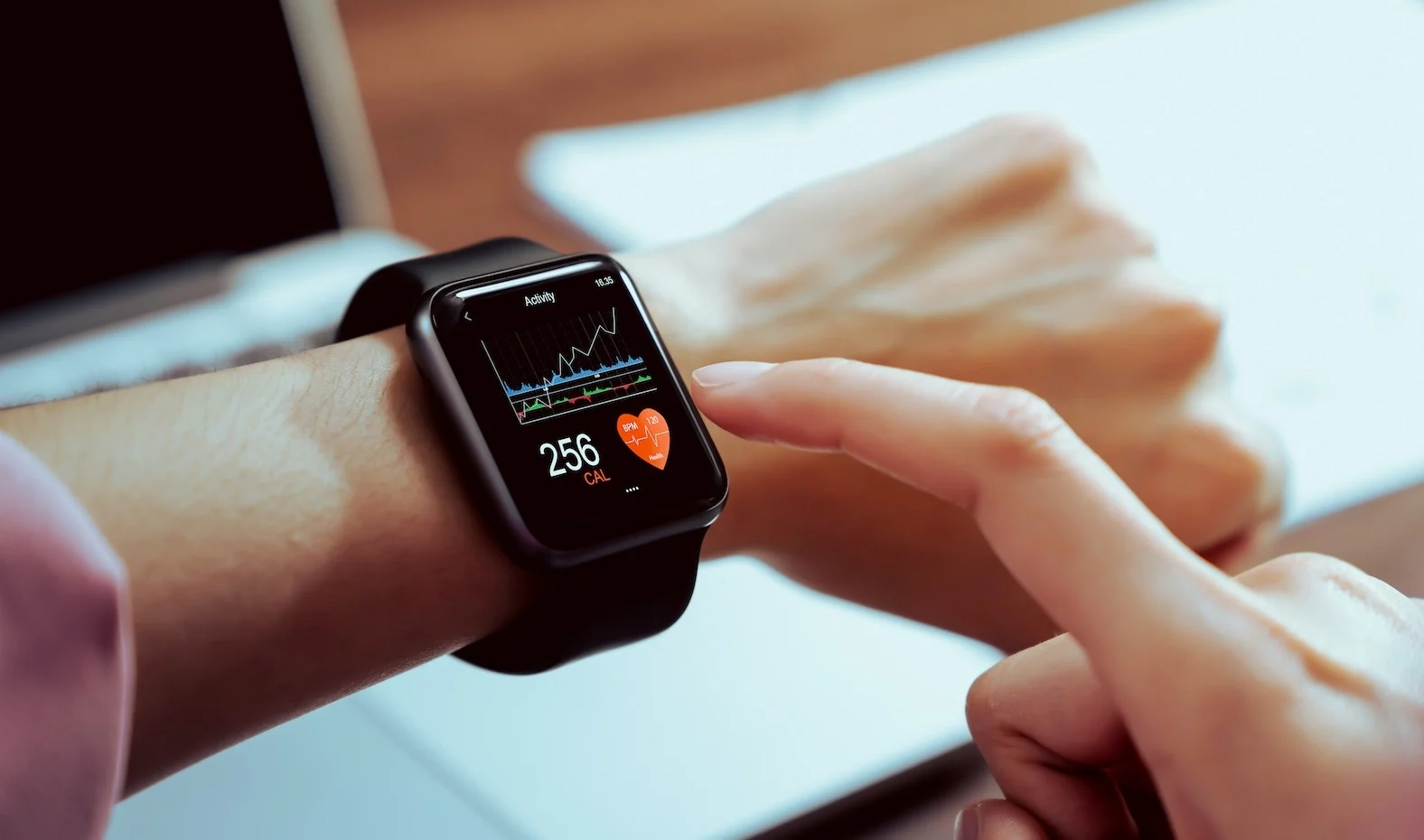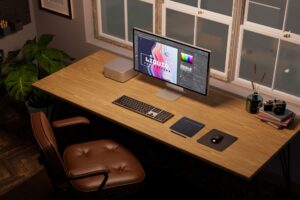Wearable technology is revolutionizing healthcare. Ranging from health trackers that monitor blood pressure to implanted biosensors that communicate directly with the brain, wearable technology has revolutionized healthcare by offering user empowerment opportunities through wearable applications. Fitness trackers have come a long way since simply counting calories; now, these devices provide real-time information that is providing patients with lifesaving insight to manage their own conditions, reduce hospitalizations, and improve chronic disease outcomes.
1. Personalized Health Data
Individualized health data empowers patients, giving them greater responsibility for their medical care and encouraging healthier habits and well-being. Diabetes patients can use glucose monitors to manage their condition more effectively, while heart-rate monitoring devices can detect abnormalities in heart rhythm and help prevent cardiac events.
2. Self-Monitoring
An activity-tracking wearable can assist patients in making more informed lifestyle choices and encouraging positive behavioral change, providing motivational reminders and contextualizing user data to facilitate comprehension. Medical-grade wearables like glucose monitors and heart rate sensors provide real-time alerts to patients or caregivers, helping reduce hospital admissions through early diagnosis and supporting data-driven workflows in med-surg and post-op settings.
Sooner rather than later, sensors could become integrated directly into textiles like compression garments and socks or smart implants like Elon Musk’s Neuralink that communicate directly with our brains. Such devices could greatly simplify at-home monitoring by eliminating appointments and travel time restrictions.
3. Remote Patient Monitoring
Remote Patient Monitoring (RPM) allows healthcare providers to more accurately treat patients while also decreasing the frequency of in-person visits through using glucose monitors, ECGs or brain implants that manage Parkinson’s symptoms or improve memory – RPM reduces hospital stays while giving healthcare practitioners more granular data for healthcare decision-making.
As a result, costs associated with care diminish while also encouraging patients to play an active role in their own well-being, leading to better results. Some wearable medical devices even include sensors designed to self-detect when their condition changes, saving potentially costly hospital admissions in some instances.
4. Data-Driven Decision-Making
Wearable devices offer continuous data streams that complement clinical expertise, making them an important tool for patients making their own health care decisions. Hospital-grade wearables ranging from adhesive smart patches and wristbands to ECG sensors and pulse oximeters offer continuous monitoring capabilities that span glucose, heart rate, movement, and/or oxygen levels, helping manage chronic disease in early intervention mode while decreasing hospitalizations or emergency room visits.
Medical wearables that seek to empower users must provide a seamless user experience that makes installing, using, and managing them effortless. This requires front-end designs that adapt seamlessly across workflows – from home users at home through care team dashboards – as well as flexible front-end designs that meet different user needs.
5. Empowering Patients
Wearable technology has begun blending consumer and medical use. From glucose monitors to sleep monitoring devices, wearables have quickly become an invaluable way to gather real-time health data that enables both patients and providers to make more informed decisions about healthcare delivery. The top medical wearables provide patients and providers with real-time insights for making smart decisions about patient treatment plans and decisions about healthcare delivery.
Examples of wearable technology solutions that are desfasoare in our everyday lives: continuous glucose monitors have replaced finger pricks as the way of measuring blood sugar levels, while smart implants monitor internal body signals like heart rate and neural activity or treat symptoms associated with Parkinson’s and Alzheimer’s diseases by stimulating specific areas of the brain – leading to improved patient outcomes, reduced costs, and lessened staff workload—but users still require support in creating positive internal contexts to promote self-efficacy and sustained use.
6. Remote Diagnostics
Wearable devices designed to monitor blood sugar levels, track heart health, and enhance memory are an invaluable way for patients to make more informed medical care decisions. In turn, healthcare providers gain valuable data that could potentially improve patient outcomes while helping prevent complications.
Hospital wearables are revolutionizing in-patient monitoring, from smart patches that track temperature to smartwatches with built-in ECG sensors. These devices reduce alarm fatigue while improving patient safety while saving healthcare staff both time and money. However, these devices must be comfortable enough for continuous monitoring throughout the day and feature long battery lives to guarantee continuous monitoring. Furthermore, they must meet stringent safety standards to be safe and effective.
7. Telemedicine
Medical wearables provide a continuous stream of data on patient health status. This enables individuals to play an active role in their care while helping doctors identify potential problems early. These devices may include glucose monitors for diabetics, ECG patches for cardiac patients, smart inhalers for asthmatics, and seizure-detection headbands for epilepsy sufferers – often with mobile apps or clinical dashboards providing real-time updates and analysis.
Healthcare app developers must prioritize user experience (UX) and usability when developing healthcare apps in order to encourage patients to adopt these new tools, including intuitive interfaces with minimal friction as well as secure backup of patient health data.
8. Remote Patient Monitoring
Remote Patient Monitoring (RPM), whether apps or standalone devices, gives patients the power to gather accurate health data that they can then share with their doctors for trend analysis and treatment adjustments accordingly.
RPM technologies can save both patients and healthcare organizations both time and money by monitoring a patient’s temperature remotely, eliminating visits to doctors’ offices altogether. For instance, using wearable devices that monitor temperature can allow users to avoid doctor’s office visits altogether. Wearable devices, like glucose monitors, can assist patients in monitoring their blood sugar levels at home and detect abnormal readings in order to notify a healthcare provider immediately if any irregularities arise.
9. Mobile Health Apps
Fitness trackers have long blurred the line between consumer electronics and medical devices, as fitness trackers can monitor heart rates and sleep patterns as well as help manage medical conditions like heart disease, diabetes, and migraines. Meanwhile, mobile apps that provide virtual care services provide accessible care at reduced healthcare costs.
Twenty23’s top healthcare apps will include Zocdoc for appointment scheduling, MDCalc for quick decision-making, and SkinVision for early skin cancer detection. Empowering and emancipating patients to self-monitor offers tremendous promise of transformative change, but how can we ensure these new technologies work as intended?



